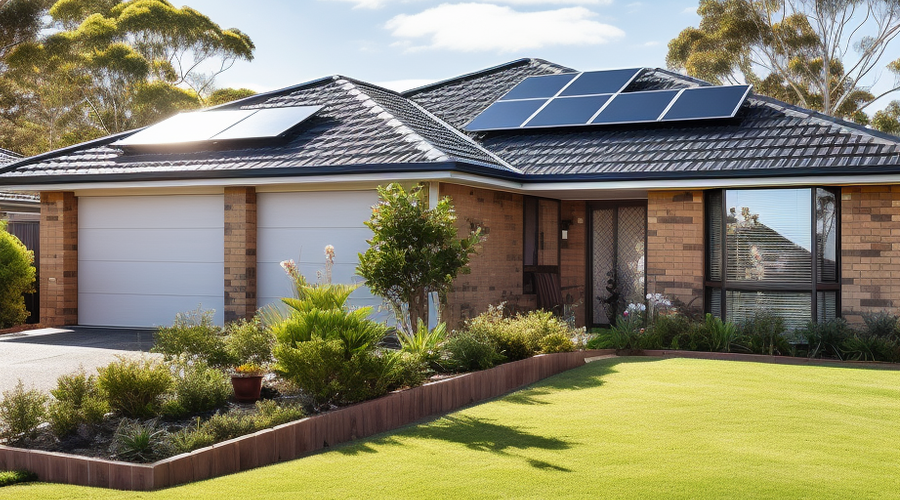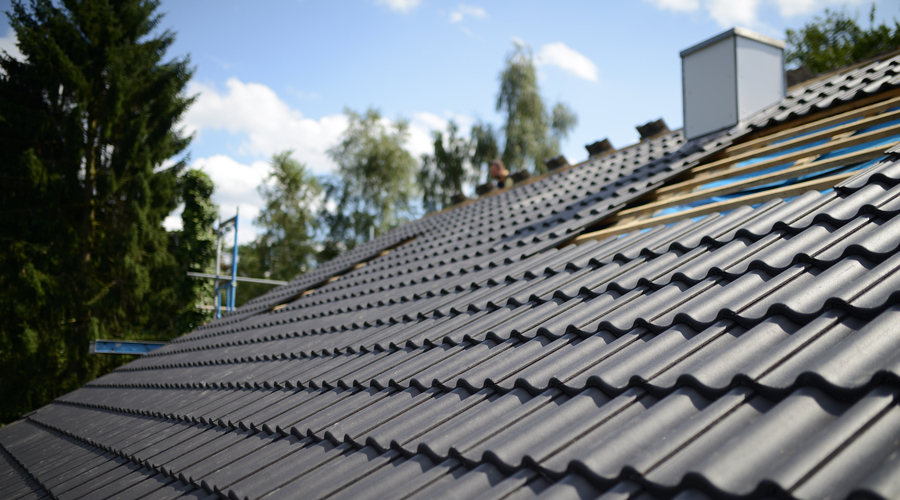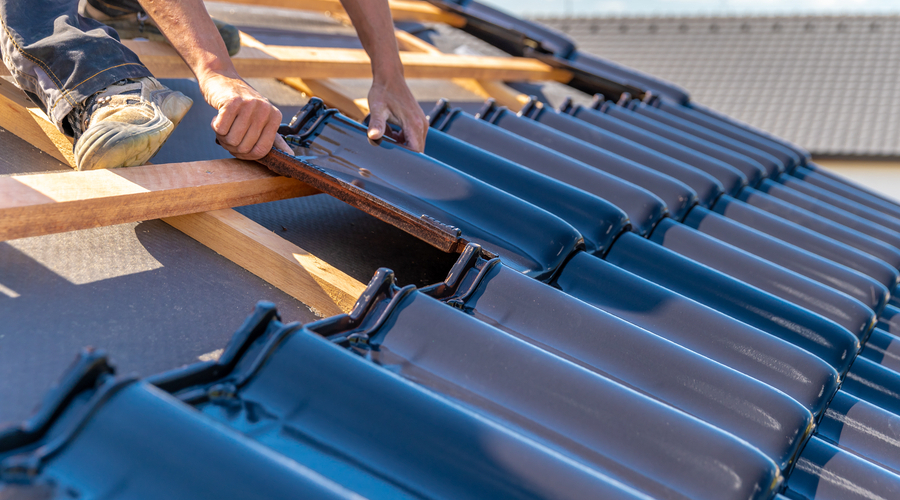Comprehensive Guide to Tile Roof Restoration
A Step-by-Step Guide for Lasting Beauty and Protection
A tiled roof can greatly enhance the aesthetic appeal and appeal of a home. But only if the tile and ridge capping are kept in good intact condition. Roof restoration services provide an affordable way to fix underlying issues, improve insulation, reflect heat better, replace broken tiles and boost your home’s aesthetics and value for years to come.
Key Takeaways
- Regular cleaning and maintenance can extend the life of any type of roof
- Look for cracked, broken tile, missing or dislodged tiles that need replacing
- Moss growth should be removed to prevent deterioration and leaks
- Consider sealants, coatings and repainting to restore condition and prevent leaks
- Tile roofs can often last over 50 years with proper care and restoration
Inspecting Your Tile Roof
The first step is a thorough inspection and assessment of the current state of your roof. As you conduct your inspection, look out for:
Cracked, Broken or Missing Tiles
Examine all areas of the roof for any damaged or absent tiles. Storms and falling debris can often cause cracks or broken sections. Replace any old tiles. Missing tiles also need replacement to prevent leaks.
Dislodged or Loose Tiles
Make sure all tiles are still securely attached. Gently try lifting the corners of some tiles around the roof.
Signs of Moss Growth
Moss can grow on damp, shaded areas of a roof, and too much buildup will allow moisture beneath tiles that can deteriorate their adhesive. Carefully remove any moss growth.
Leaks or Damp Spots
Dark stains, damp spots, moisture trails or water damage inside the building may indicate leaks from the roof that require further restoration.
Fading or Discoloration
Over time, weathering can fade and discolor originally bright tiles. Make note if extensive fading is diminishing roof condition.
Cleaning Your Tile Roof
Here are some recommendations for effectively cleaning your roof:
Sweep Loose Debris
Use a stiff broom to dislodge and sweep off any loose debris like leaves or sticks. This improves drainage and prevents decay.
Pressure WashTiles
An annual pressure washing with a commercial grade washer and appropriate nozzle can help restore condition and ensure any moss, mildew or fungus is removed before it can spread and lead to dislodgement or leaks. Take safety precautions working at roof height.
Clear Out Gutters
Clogged gutters lead to interior leaks and overflow that damages the fascia boards. Keep them and drains cleared after pressure washing so water flows freely off the roof.
Moss Treatment Solutions
Specialised moss removal solutions are available after thoroughly sweeping and pressure washing the tiles. Always follow product instructions carefully.
Sealing and Protecting the Tile Roof
Adding protective sealants and coatings can further renew your roof’s condition and prevent leaks by filling any cracks and holes where water could penetrate the tile surface. Consider these options:
Sealers and Primers
Clear acrylic sealing products provide weatherproof protection by bonding to the tile surface and waterproofing pores, while still allowing vapor transmission. They can enhance it’s condition by restoring original colors.
Surface Coatings
Coatings like elastomeric paint essentially create a protective membrane across the tile and into crevices with acrylic polymers, reflecting UV rays and preventing moisture ingress. Some products incorporate roofing granules for increased durability and traction.
Anti-Fungal Treatments
Using anti-fungal additives and treatments prevents re-growth of moss and mold and guards against decay organisms taking hold in shaded or damp sections of tile.
| Method | Cost | Frequency | Effectiveness |
|---|---|---|---|
| Pressure Washing | $100-500 | Annually | Highly effective for cleaning. |
| Moss Treatment | $75-150 | As needed, annually | Removes moss growth before spreading. |
| Clear Tile Sealer | $350-700 | 5-10 years | Excellent leak prevention and maintenance. |
| Reflective Elastomeric Coating | $400-1,000 | 7-12 years | Very effective leak protection and restoration. |
Table showing comparative costs and benefits of roof restoration methods
When to Repaint or Replace Your Tile Roof
If your roof has areas of missing tiles, pervasive leaks, or underlying water issue even after thorough cleaning and sealing, it may require more extensive roof restoration:
Spot Repainting with Matching Tile Paints
For small sections of chipped, faded or discolored tiles that stand out, an elastomeric paint tinted to match can blend roof repairs.
Complete Refinishing
Coating the entire roof with tinted elastomeric can fully restore your roof affordably vs replacing, though ongoing recoating would be required.
Full Tile Roof Replacement
For widespread leaks, deterioration and damage extending beyond tile layers alone, or roofs over 25 years old, complete tear-off and replacement may be warranted or required by code.
Get experienced roof restorer estimates for any extensive restoration or repairs to be sure it aligns with your budget and expected ROI.
FAQs
What types of roofing materials can benefit from restoration services like protective coatings and roof painting?
Both types of roof tile – roofs (concrete, clay) and metal can have their appearance restored, prevent leaks, and extend longevity with coatings and paints. Asphalt shingle roofs generally require full replacement when worn out.
How many coats of paint or sealant should be applied during a restoration process?
Typically 2-3 coats are recommended, allowing proper dry time between coats, to build up a protective membrane across the roof surface and restore it to its best original condition.
Can broken concrete tiles or issues be repaired during roof restoration?
Yes, broken individual tiles can often be replaced and underlying leaks repaired as part of the roof restoration process to return the tiles to a waterproof state.
Which offers better energy efficiency – a tile roof or metal roof?
Generally roofs made of metal allow better heat reflection year-round for improved efficiency vs concrete or clay roofs which absorb more heat. Coatings on roofs can help reflect heat better.
Conclusion
Caring for and restoring your tile roof on a periodic basis is key to extending its longevity and preventing costly fixes from leaks. With the right roofer and restoration plan tailored to your specific roof type and needs, you can continue enjoying enhanced curb appeal, energy savings, and leak-free protection from the elements for decades to come.



